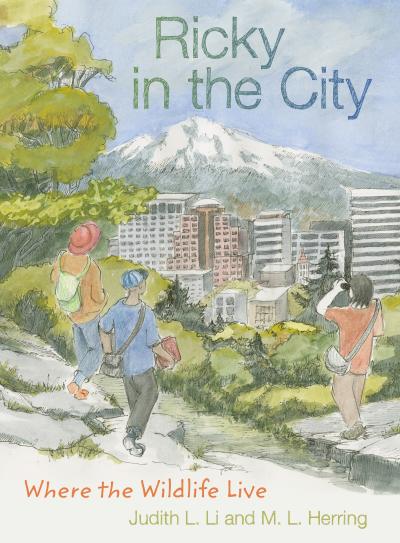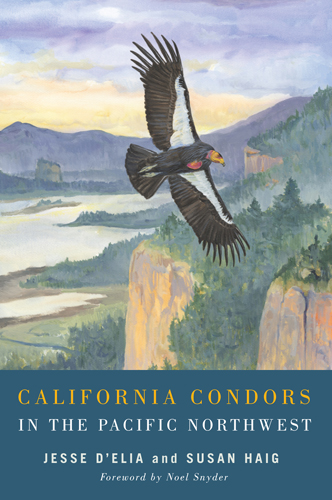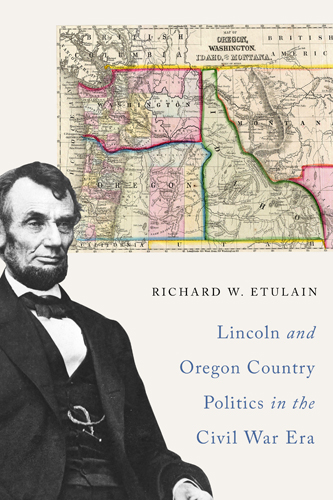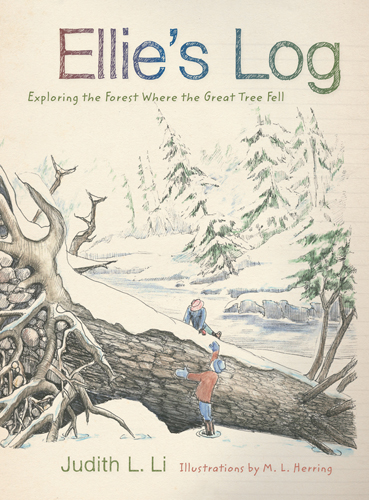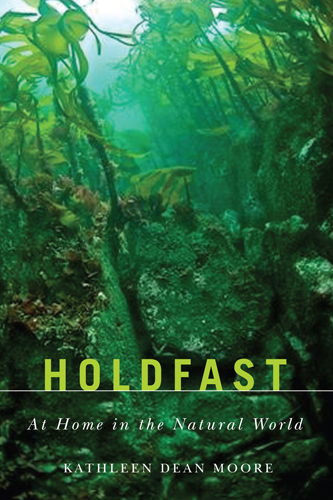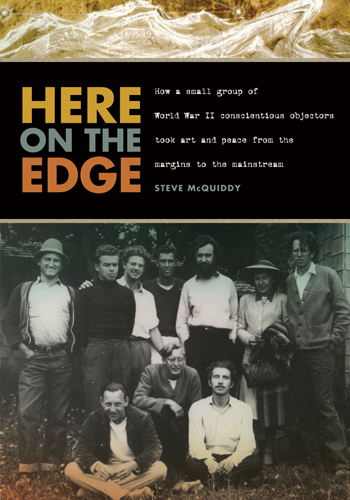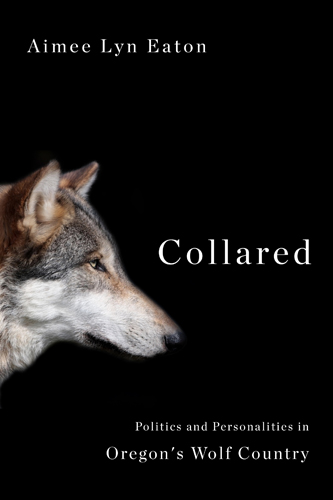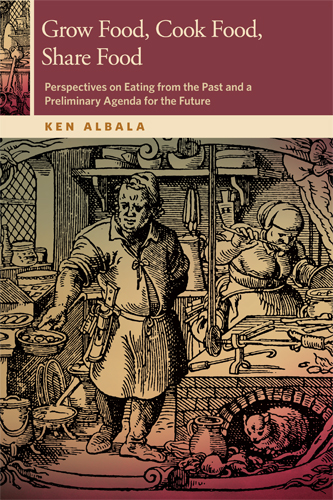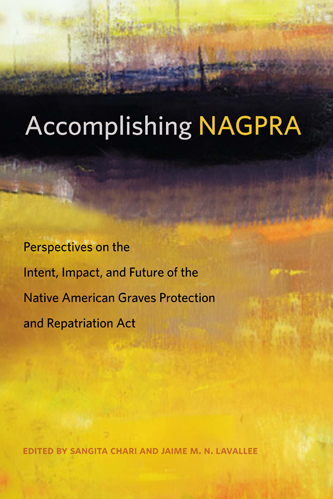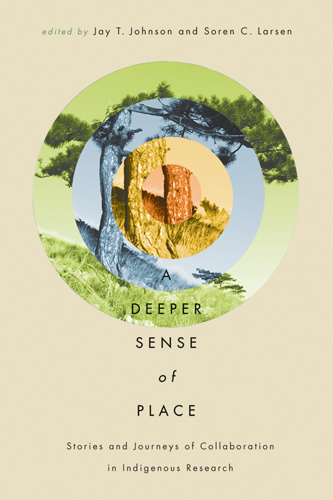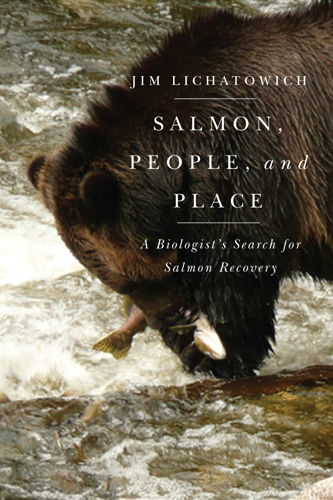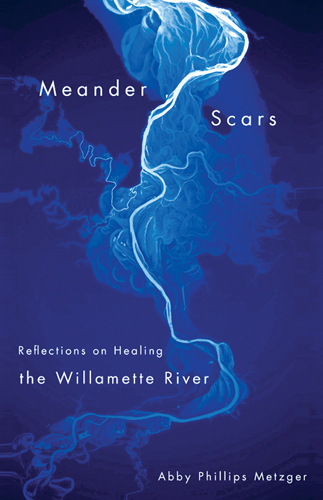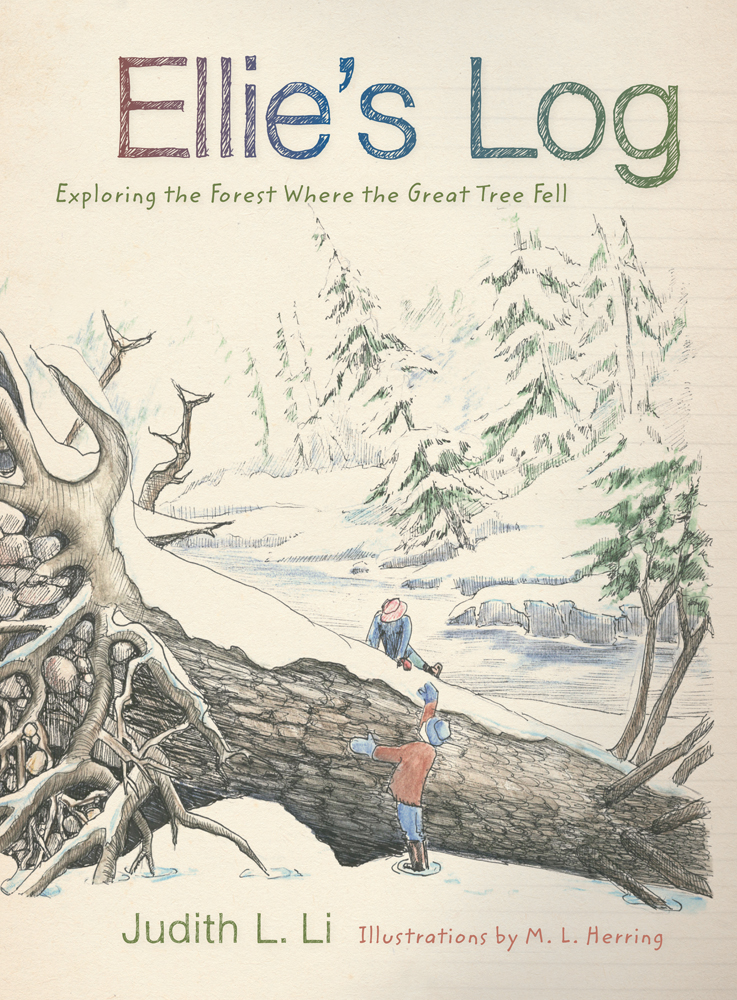
ISBN 9780870713040 (ebook)
Ellie's Log
M. L. Herring and Judith L. Li
Illustrations by M. L. Herring
After a huge tree crashes to the ground during a winter storm, ten-year-old Ellie and her new friend, Ricky, explore the forest where Ellie lives. Together, they learn how trees provide habitat for plants and animals high in the forest canopy, down among mossy old logs, and deep in the pools of a stream. The plants, insects, birds, and mammals they discover come to life in colored pen-and-ink drawings.
An engaging blend of science and storytelling, Ellie’s Log also features:
• Pages from Ellie’s own field notebook, which provide a model for recording observations in nature
• Ellie’s advice to readers for keeping a field notebook
• Ellie's book recommendations
• Online resources for readers and teachers—including a Teacher’s Guide—are available at the companion website: ellieslog.org.
The forest and animals described in Ellie's Log are based on those found at the H. J. Andrews Experimental Forest in the Oregon Cascades, where researchers have been learning about forests and streams for decades.
Winner of 2013 John Burroughs Association Riverby Award Honorable Mention
About the author
M. L. Herring lives on a peach farm in the Willamette Valley in Oregon, where she writes and illustrates works of science. She is an associate professor emeritus of science communication at Oregon State University.
Read more about this author
Judith L. Li, retired Associate Professor in the Department of Fisheries and Wildlife at Oregon State University, is a stream ecologist who studies aquatic bugs and riparian food webs.She is the editor of To Harvest ,To Huntand coeditor of Wading for Bugs. She enjoys sharing science with young students and contributing to citizen science programs.
Read more about this author
"After a huge tree falls in the forest behind her home, fifth-grader Ellie explores the area with her classmate Ricky, mapping and sketching and learning about what lives, dies and changes there. Chapters describing seven trips into the forest (one at night) constitute the narrative here, couched as fiction but clearly primarily intended to convey information. Each opens with a spread illustrating the part of the woods they visit and closes with two pages from Ellie’s field notebook. The children are lucky: Ellie’s father is the forest manager and her mother is a naturalist; they can identify and explain, but the two also consult appropriate references and explore on their own. Ellie’s drawings are distinctly childlike in style, less accurate and detailed than Herring’s colored pen-and-ink sketches that grace the margins of the story. In both, the plants, animals, insects, and lichens are carefully identified. One chapter deals with moss and the tiny creatures that inhabit that Lilliputian world. Another looks at the ways trees rot... this combination of science and storytelling models good nature journaling and would be a helpful addition to a home or classroom in the region where such work is being encouraged. (suggested reading) (Nonfiction. 8-11)" —Kirkus Reviews
Eugene Register-Guard
Salem Statesman-Journal
Kid's Book Uses Cascades to Encourage Action, Exploration


